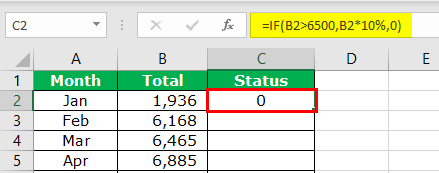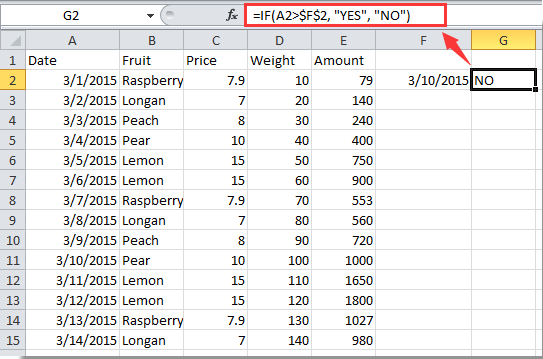

Therefore, when using multiple expressions, a lookup value of 1 makes sense. With a single criteriaĪs seen above, math operations automatically coerce TRUE and FALSE values to 1's and 0's. XLOOKUP matches the 1 in 8th position, and returns the correponding 8th value from B5:B14, which is 0347. You can also use the IFS function to determine the relationship of a value to a value in another cell. For instance, to determine whether the value of A1 is greater than five, the first logical test would be A1>5. When this expression is evaluated, we first get two arrays of TRUE FALSE values like this: ,B5:B14) Greater than or equal to (>) Many people use the IFS function to determine the relationship of a value to a number. We are constructing a lookup array using the following expression and boolean logic: (D5:D14="chicago")*(E5:E14>250) In the example shown, we are looking for the order number of the first order to Chicago over $250. The Excel condition checks each letter in the specified text value from left to right.īecause the "z" in "G zarados" comes later in the alphabet than the "y" in "G yarados", this is considered Greater Than and is highlighted.XLOOKUP can handle arrays natively, which makes it a very useful function when constructing criteria based on multiple logical expressions. Notice that the fictional "Gzarados" is highlighted. Let's see what happens if we add a fictional pokemon with a new name: "M", "L", "V", and "J" are all later in the alphabet than "G", which Gyarados starts with, so these all are highlighted.īut, what about the rest of the letters in the text value? GIF format, 147 Go To command, 27, 202 graphs (see charts) greater than logical operator (>), 256 greater than/equal to operator (>),256 green triangle. Magikarp starts with "M", Lapras with "L", Vaporeon with "V", and Jolteon with "J". Now, the cells with text values later in the alphabet than "Gyarados" will be highlighted in yellow: Another method is to use the AGGREGATE which is entered without the CSE as a normal formula: INDEX (R:R,AGGREGATE (15,6,ROW (R4:R13)/ (S4:S13>0),ROW (1:1)) This gets entered in as a regular formula.
Now, the cells with values greater than "65" will be highlighted in green: The values in the lookuparray argument must be placed in ascending order, for example. Select the appearance option "Green Fill with Dark Green Text" from the dropdown menu MATCH finds the largest value that is less than or equal to lookupvalue.This will open a dialog box where you can specify the value and the appearance option. Select the Highlight Cell Rules from the drop-down menu.Click on the Conditional Formatting icon in the ribbon, from Home menu.


"Greater Than." Hightlight Cell Rule, step by step: It can be a a few cells, a single column, a single row, or a combination of multiple cells, rows and colums. You can choose any range for where the Highlight Cell Rule should apply.


 0 kommentar(er)
0 kommentar(er)
